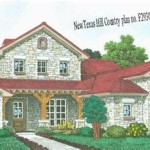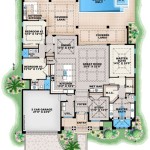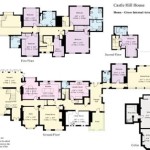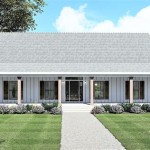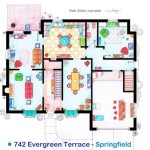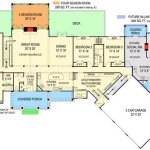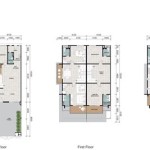Framing Tiny House Plans: Essential Aspects to Consider
Framing a tiny house is a crucial step that establishes the structural integrity of your dwelling. It involves creating the skeletal framework that will support the walls, roof, and other components. Understanding the essential aspects of framing is paramount to ensuring a sturdy and safe structure. Here are some key considerations to guide you through this process:
1. Framing Materials
The choice of framing materials directly impacts the strength, durability, and cost of your tiny house. Common options include:
- Wood: Versatile and cost-effective, wood is widely used for framing tiny houses. It requires proper treatment to prevent rot and moisture damage.
- Steel: Strong and fire-resistant, steel is an excellent choice for frames. However, it can be more expensive and requires specialized tools for assembly.
- Aluminum: Lightweight and corrosion-resistant, aluminum is increasingly popular for framing. It is more expensive than wood but offers excellent durability.
2. Frame Style
The frame style determines the overall shape and strength of your tiny house. Two main frame styles are:
- Platform Framing: In this method, the floor and ceiling joists are framed separately, and the walls are built on top. It is a straightforward and common approach.
- Balloon Framing: Here, the studs extend from the foundation to the roof, creating continuous columns. This style provides improved stability but can be more labor-intensive.
3. Wall Framing
Wall framing consists of studs, top and bottom plates, and sheathing. Studs are vertical members that provide structural support. Their spacing (typically 16 or 24 inches on center) determines the wall's strength. Sheathing, such as plywood or OSB, covers the studs, adding rigidity and creating a surface for siding.
4. Roof Framing
The roof frame is responsible for supporting the weight of the roof and protecting it from the elements. Common roof framing methods include:
- Truss System: Pre-built trusses are used to create the roof structure, providing strength and efficiency.
- Rafter System: Individual rafters are nailed or screwed together to form the roof frame. This method offers more flexibility but requires more labor.
5. Window and Door Framing
Window and door frames provide openings in the walls for natural light, ventilation, and access. Proper framing ensures these openings are structurally sound and weathertight.
6. Insulation
Insulation is vital for maintaining a comfortable and energy-efficient tiny house. It can be placed between the studs, in the ceiling, and under the floors. Common insulation materials include fiberglass, cellulose, and spray foam.
7. Inspections
Regular inspections are crucial to ensure the structural integrity of your tiny house. Proper framing practices should be verified by a qualified inspector to prevent potential problems.
Conclusion
Framing a tiny house requires careful planning, attention to detail, and an understanding of sound construction principles. By considering the essential aspects outlined above, you can create a sturdy, durable, and safe framework for your dream tiny home.

Tiny House Framing Plans Micro Small Construction

Tiny Project House Floor Plans Construction Sketchup

Open Concept Rustic Modern Tiny House Framing S Spruc D Market

Unique Small House Plans A Frames Cabins Sheds Frame

Tiny House Plans Home Builders

Timber Frame Tiny House Plan Bundle Hq

A Frame Cottage Plans For Guest House Temp Cabin Plan

Tiny House Plans 59 Cabins Steel Framing Direct

Tiny A Frame Cabin Diy Plans 12 X 18 Home Blueprint

Tiny House Plans A Frame Vacation Cabin Gardenfork Eclectic Diy

